Portrait of a politically fractured nation
New data from the 2022 election reveals a deeply fractured nation.
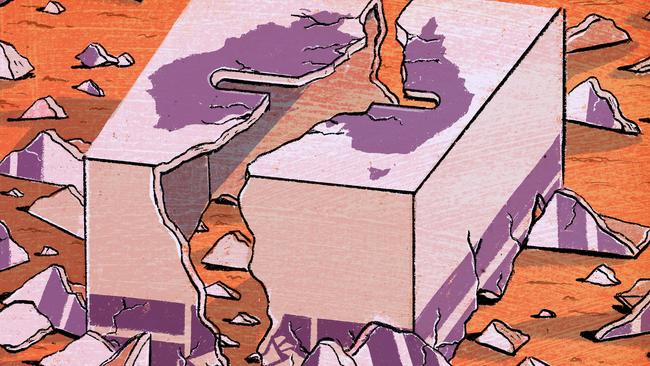
Either the major parties will hold the line and resist the trend or our democracy in coming decades will change shape in ways we will hardly recognise. Centrifugal division looms as the possible future.
Anthony Albanese’s government is important in its own right. But it is also important because it will help to decide the future of majority government and the structure of politics. Despite Labor’s 2022 election victory, its vulnerability is on display – Albanese’s primary vote was only 32.58 per cent, less than a third of the electorate and the lowest ALP primary vote for about 90 years, since the early 1930s.
Labor won on a shrinking vote. That’s unsustainable. Something must give in coming years – either the vote increases or Labor needs partners to help it govern. It will be one or the other.
The Prime Minister believes in the two-party system. He has made that clear. But under Albanese, Labor confronts a test that goes to its identity: can it continue its historic mission as a governing party in its own right or will it inevitably be driven into progressive coalitions and power sharing to sustain itself in office?
The ALP election review released this week chaired by Greg Combet and Lenda Oshalem with panel members Linda White and Craig Emerson is seized by the challenge – its most vital theme for the party’s future is that “the parliamentary leadership, national secretariat and the trade union movement should adopt a unifying message that the 2022 election victory represents an opportunity to establish a long-term Labor government”.
The report is explicit: the aim for Labor is “to build a bigger winning coalition of voters”. That means consolidation in office – increasing Labor’s majority at the next election. It means a premium on unity, discipline, delivery and shunning experiments. This fits perfectly with Albanese’s strategy.
The report wants specific action to lift Labor’s standing in a range of problem areas: outer-suburban Melbourne, parts of western Sydney, Queensland, Tasmania, while retaining the seats won in Western Australia.
Labor fell over the line in 2022 but that happens only once in an era. The real test of Albanese government success is putting down governing roots by increasing its majority at the end of its first term. The alternative is dire – to lose seats at the next election and be driven into minority government given Labor’s current majority is razor-thin at 77 seats out of 151 in parliament.
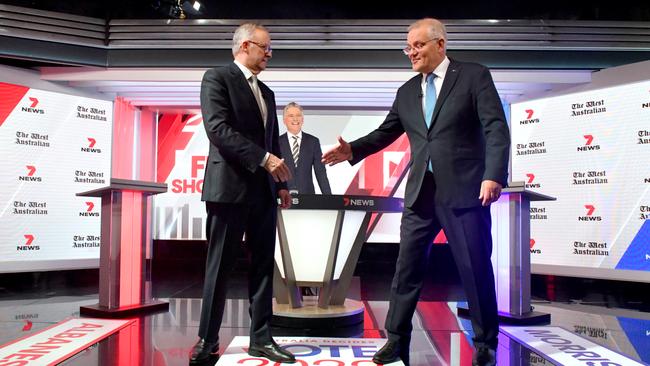
Albanese knows. He works at it. He is thinking long-term. This week’s Newspoll showed Labor’s primary vote at 39 per cent, an astonishing increase since the election with its two-party preferred lead 55-45 per cent. This is an extended honeymoon but something more – the aspiration for a longer-run sustained Labor revival. That won’t be easy given Labor will no longer enjoy Scott Morrison’s unpopularity and can no longer just be a “small target” as it was at the May election.
But Labor’s qualitative research shows Albanese is perceived favourably. “They’re just governing” is one sentiment; another is “they’re doing what they said they’d do”, which goes to trust in office. Yet another sentiment is relief because “we were sick of the constant politics”.
The Australian National University 2022 Australian Federal Election Study, the best guide to what happened in May, released this week, says: “Political partisanship for the major parties has reached record lows. Voters are more likely to switch their votes from election to election than ever before, with only 37 per cent of voters supporting the same party at each election.
“The proportion of voters who considered voting for another party during the campaign, at 36 per cent, has never been higher. Australian voters have also shown that they are open to reforms that would change the trajectory of democratic politics in Australia.”
The study reveals the long-run loss of major party loyalty with the proportion of people saying they “always voted for the same party” falling from 72 per cent in the late 1960s to 37 per cent today. The numbers are devastating for the main parties. At the 1996 election that began the Howard era, 86 per cent of votes were cast for the major parties but this fell to 68.27 per cent at this year’s election.
Co-author of the ANU study, distinguished professor of political science Ian McAllister, says: “Both major parties need to address the issues of generational change and the changing politics of women. This is particularly pressing for the Liberal Party but it’s also an issue for Labor.
“The key beneficiaries of the seismic shift in voting behaviour at the last election were the Greens and independent candidates. The conditions for their election have been building over several decades.
“This trend has been driven by wider societal changes, such as the huge expansion of higher education, the turnover of generations, the rise of social media and shifting issue priorities.
“There is a view among a lot of younger people, millennials and Generation Z, that the Liberals are on the wrong side of history, not just on climate change but other issues such as same-sex marriage.”
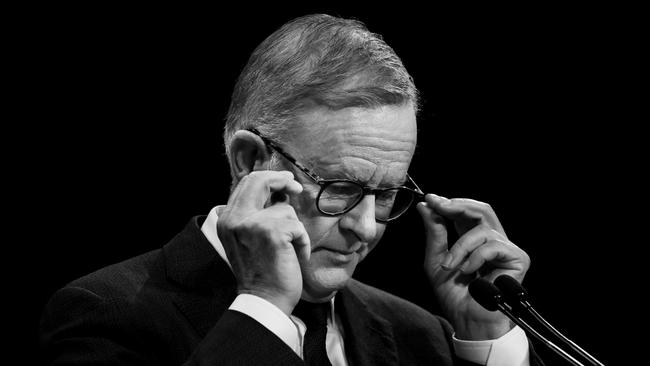
Australia’s dominant political narrative is that of fracture – of culture and politics. Greens and independents take a different view; they see growing pluralism and grassroots community expression as a positive.
Labor review co-chairman and former ALP minister Combet tells Inquirer it is “extremely important” for Labor to increase its majority at the next election. Combet says the lesson from the 2007-13 Rudd-Gillard period is that “you’ve got to be in government for a decent period of time”. This is the key to progress.
“It’s the theme I wanted to emphasise in the report,” Combet says. “I think Anthony Albanese and the team ought to be thinking about being in government for a period of time and how to achieve that.” Combet’s answer lies in performance and values.
Albanese’s fate will follow one of two paths – either he will repeat the Rudd-Gillard narrative and succumb to a minority government in the second term, putting Labor on a trajectory of decline with even more erosion of its primary vote, or he will reverse the historical trend and turn his 2022 victory into the platform for a stronger Labor government that affirms Labor’s ability to govern in its own right.
“I think Labor can lift its primary vote,” Combet says. “That means having a policy agenda that focuses on things that concern people – improving wages, cost of living, housing affordability, health, Medicare and local infrastructure underpinned by Labor values. It’s about understanding what people are thinking and addressing their concerns.”
That means Labor must hold its traditional vote while enjoying support from tertiary-educated middle-class voters. Combet identifies the problem: “Some people who have been Labor voters for a long time are very frustrated and their votes are spraying to minor parties. People in what have been thought of as safer Labor seats are starting to feel they’ve been forgotten. That requires a rebuilding of grassroots membership and campaign activity.”
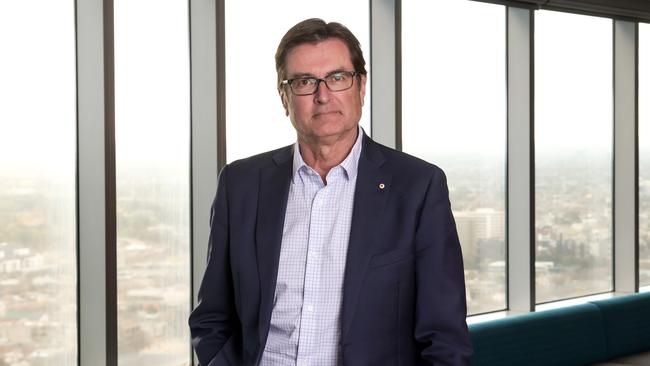
The Labor review says the loss of support in heartland seats must be confronted. It says no seat can be taken for granted “regardless of its margin”. It calls for a rebuilding of trust in the Sydney seat of Fowler that Labor lost to independent, Dai Le. The review recognises that Labor must fight on multiple fronts – against the Coalition, Greens and independents – reflecting the complex nature of modern politics. It advocates a Labor strategy that unites support across inner, middle-suburban, outer-suburban and regionals areas.
Yet stopping the Labor rot is a mammoth task. The ALP primary vote across the past four elections varies between 34.73 per cent and 32.58 per cent. While Labor’s two-party-preferred vote is boosted by Green preferences, this doesn’t apply when the Greens compete directly for a Labor-held seat.
The review identifies four trends from 2022 revealing the demise of major party support: the Liberals saw their lowest primary vote in the party’s history; the Nationals saw their second-lowest percentage of the primary vote in the house in their party’s history; the Labor Party saw its lowest primary vote since 1934; and the Coalition now has its lowest proportion of house seats since 1946.
At the same time the review says neither of the major parties “have specifically set out to maximise their primary vote as a campaign objective” although a higher primary vote helps in addition to winning preferences, with the overall aim being to secure a lower house majority. This worked for Labor in 2022.
The review asks: does Labor need a primary vote strategy? It is a highly relevant question. The answer, surely, is yes. It is a mistake for Labor to think the preference system can keep delivering Labor into office with a falling primary vote. This is a strategy of diminishing returns. The review says “the most significant contributor to an improvement in the primary vote” would be governing and delivering on economic management in the interests of families and working people.
The risk is Labor will misinterpret its 2022 victory – it won largely because of Morrison’s unpopularity and the hostility of West Australian voters towards the federal Coalition. Sure, Labor waged a smart campaign, but these were the two factors that delivered. This reality makes it even more urgent for Albanese Labor to achieve a structural lift in the ALP vote across the rest of the country.
The Coalition primary vote in May was 35.7 per cent, stronger than Labor, but the Liberal Party faces deep structural problems from the narrative of a fractured nation. From Tony Abbott to Malcolm Turnbull to Morrison, the former governments struggled to hold their primary vote against breakaways from right and left.
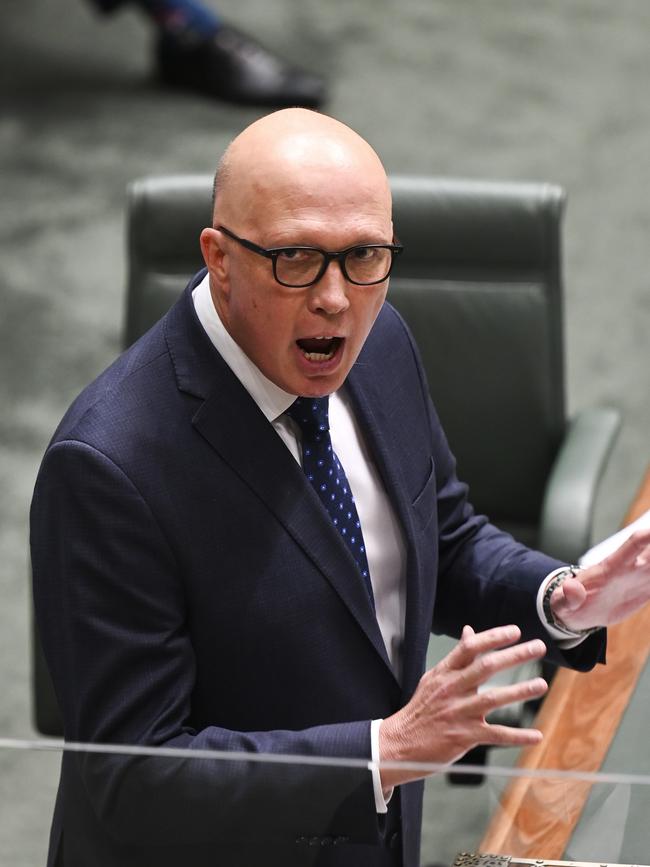
At the 2022 election Clive Palmer’s party got more than 4 per cent of the vote, Pauline Hanson’s One Nation got nearly 5 per cent and the women-empowered pro-climate action teal movement took six prized seats from the Liberals. The upshot is the political fracture threatening the Liberals is more dangerous than the pressures facing Labor.
The Coalition was reduced to 58 seats at the election. The Liberal Party lost seats to Labor, Greens and teals. It is seriously weakened in urban and suburban areas. It suffers debilitating grassroots problems in several states.
The 2022 election looms as a realignment event for the Liberals. The nature of this defeat makes it more dangerous for the Liberals than their three previous defeats since the Menzian age, in 1972, 1983 and 2007.
The ANU election study based on a sample of 2508 voters and supervised by four academics – McAllister, Sarah Cameron, Simon Jackman and Jill Sheppard – reveals three socio-demographic challenges facing the Liberals. These arise from generational change, the gender voting gap and the higher education vote.
Only one in four voters under the age of 40 is voting for the Coalition and only one in five voters among Generation Z (born after 1996). Women constitute a challenge, with only 32 per cent of women voting for the Coalition in 2022 compared with 38 per cent of men. Among people with a tertiary education the Coalition is badly slumping, with Labor’s vote lead over the Coalition in this measure 35-26 per cent.
Another problem revealed by the election study is that the Coalition’s lead on its strongest issue – economic management – is declining while Labor’s lead over the Coalition on the environment and climate is increasing.
Tactical factors are always important; for instance, the Morrison government would have fared much better had the election been late last year and not May this year. But it is the structural tests that will challenge the Liberal Party into the future. The real point from Australia’s cultural fracturing is that neither the Labor nor Liberal leader can command the authority their offices once delivered. The relationship between party leaders and the public has changed – there is much less loyalty and much more criticism.


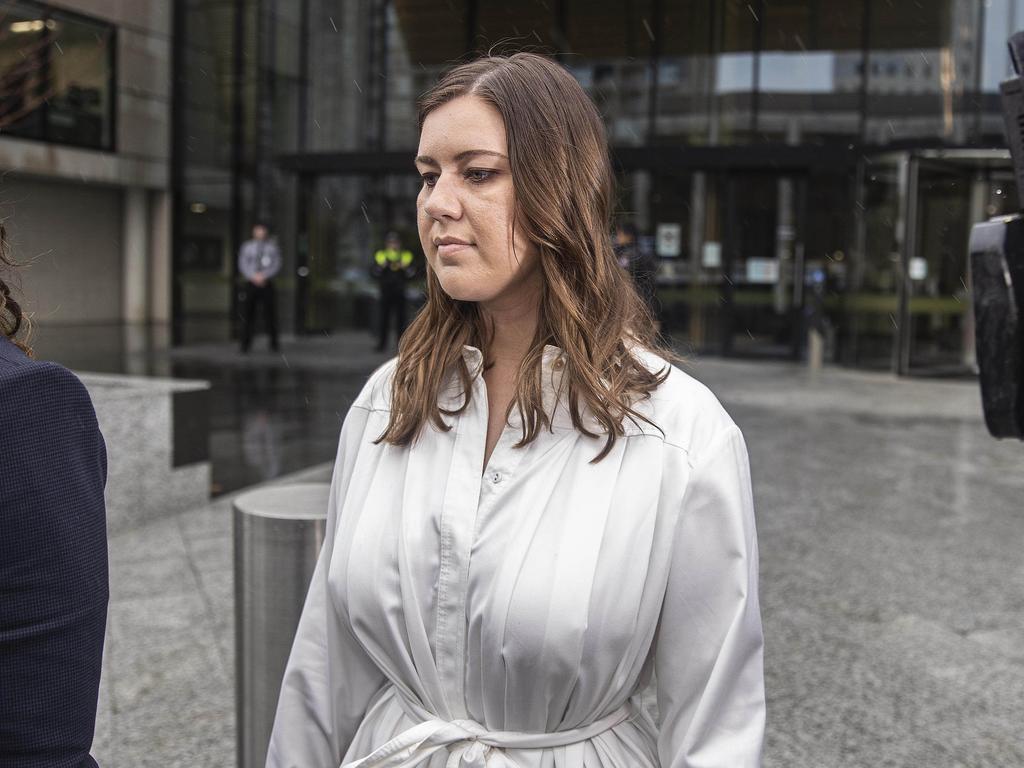

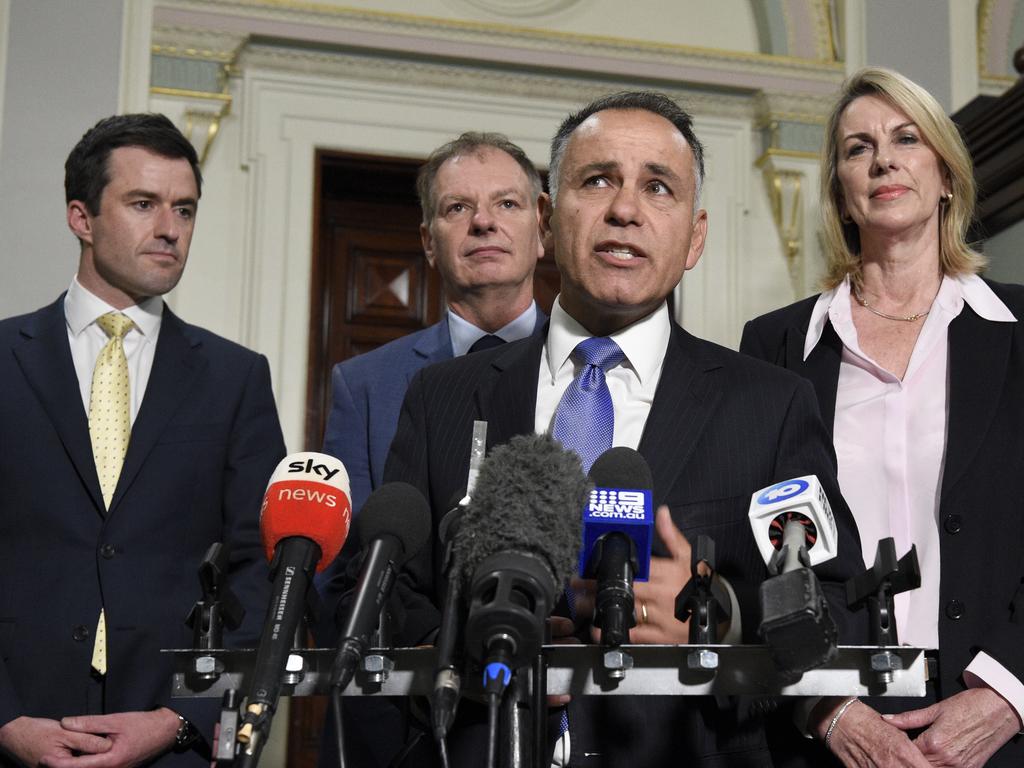


Australia is becoming a more fractured nation – loyalty to institutions, religions and political party is in decline. People are less ready to follow authority figures. And the 2022 election was a watershed with the major parties winning only two-thirds of the primary vote. National politics is at a threshold moment.